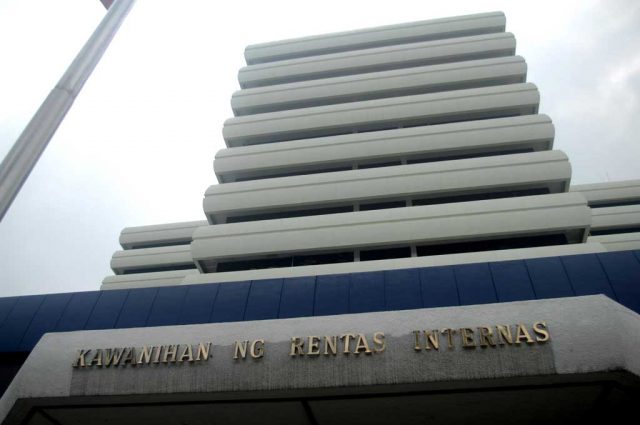THE National Grid Corp. of the Philippines (NGCP) placed the Luzon grid under red and yellow alerts on Wednesday, while a yellow alert was also raised for the Visayas grid.
The NGCP declared red alerts over Luzon between 1 p.m. and 4 p.m. and 6 p.m. and 10 p.m., according to its advisory.
Yellow alerts were also declared between 12 p.m. and 1 p.m., 4 p.m. and 6 p.m., and 10 p.m. and 12 a.m. (May 30).
During the period, peak demand hit 12,749 MW, against available capacity of 12,950 MW.
A total of 16 power plants have been on forced outage, while six plants are running derated, bringing the capacity unavailable to the grid to 3,177.3 MW.
Yellow alerts are issued when the supply available to the grid falls below a designated safety threshold. If the supply-demand balance deteriorates further, a red alert is declared.
Meanwhile, the NGCP declared yellow alerts over the Visayas grid between 2 p.m. and 4 p.m. and 6 p.m. and 7 p.m.
Available capacity was 2,890 MW while peak demand hit 2,538 MW.
A total of 567.4 MW were unavailable to the grid as 18 power plants have been on forced outage and 10 derated.
“The yellow alert is due to unavailability of Luzon to export to Visayas and high forecast demand,” the NGCP said.
The yellow alert was lifted at 1 p.m. “due to decrease in forecasted demand,” the grid operator said.
In a statement on Wednesday morning, Manila Electric Co. (Meralco) said it did not resort to any manual load dropping or rotational power interruptions the previous day despite the red alert over the Luzon grid.
The power distributor said that its commercial and industrial customers participating in the Interruptible Load Program (ILP) collectively de-loaded around 270 MW, helping avert service disruptions.
“We thank our ILP partners who have been beneficial in ensuring continuity of electricity service particularly when Luzon grid supply is insufficient,” Meralco Spokesperson and Head of Corporate Communications Joe R. Zaldarriaga said.
TYPHOON AGHON
Early Monday, the Department of Energy (DoE) reported that 34 power plants were either on forced outage or operating derated.
Of the total, nine power plants connected to the grid and 11 power plants that are off-grid were out due to Typhoon Aghon (international name: Ewiniar).
“The typhoon has caused a substantial decrease in available power supply in the grid at a time when the hydro power plants have not yet recovered from their low water levels,” Energy Secretary Raphael P.M. Lotilla said in a briefing.
Tropical Depression Aghon intensified into a typhoon on Sunday, the first storm of the year. The typhoon had been expected to exit the Philippine area of responsibility on Wednesday.
Separately, the operator of the Malampaya gas field touted its reliability and resilience amid the outages at multiple power plants.
“Malampaya will always be ready to provide reliable natural gas. This situation demonstrates the critical role Malampaya plays in the nation’s energy security,” Donnabel Kuizon Cruz, managing director and general manager of Prime Energy Resources Development B.V., said in a statement.
Ms. Cruz said that Prime Energy and its partners in the Malampaya consortium remain committed to supporting the DoE’s “drive to keep the grid stable by ensuring uninterrupted operations and fuel supply to power generators during extreme weather.”
During the red and yellow alerts last month, Prime Energy said Malampaya exceeded its normal capacity to enable maximum power generation from its customers.
Prime Energy, a subsidiary of Prime Infrastructure Capital, Inc., holds a 40% operating stake in the Malampaya consortium.
The Malampaya gas field, the country’s sole commercial natural gas provider powering 20% of Luzon’s demand, is expected to be depleted by 2027.
Meanwhile, Meralco said in a statement that power service in areas affected by Typhoon Aghon has returned to normal following the restoration of all of its circuits and primary lines.
The company said power services were restored at 10 p.m. on Tuesday. The interruptions had affected around 1.7 million customers.
Most of the affected customers are in Quezon province and Laguna, with others in Batangas, Cavite, Metro Manila, Rizal, and Bulacan.
“With almost 100% service back in all affected areas, we are now down to the last mile as we work on restoring power to almost all the remaining households in far-flung areas,” Mr. Zaldarriaga said.
Meralco’s controlling stakeholder, Beacon Electric Asset Holdings, Inc., is partly owned by PLDT Inc.
Hastings Holdings, Inc., a unit of PLDT Beneficial Trust Fund subsidiary MediaQuest Holdings, Inc., has an interest in BusinessWorld through the Philippine Star Group, which it controls. — Sheldeen Joy Talavera












